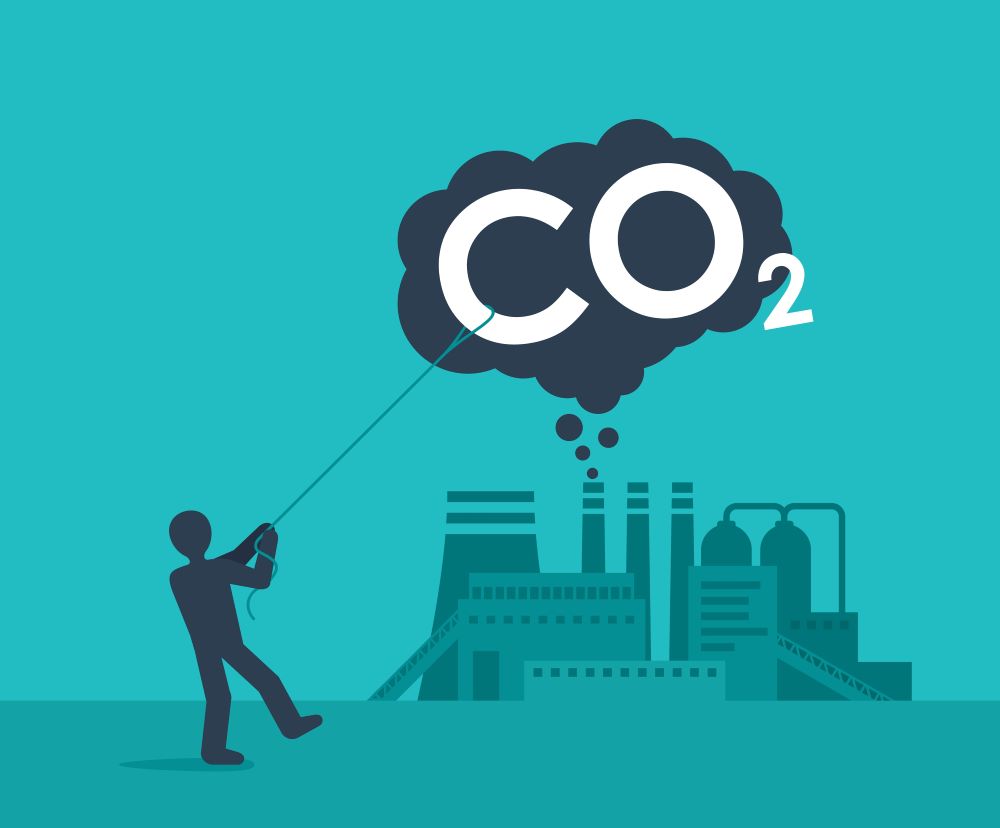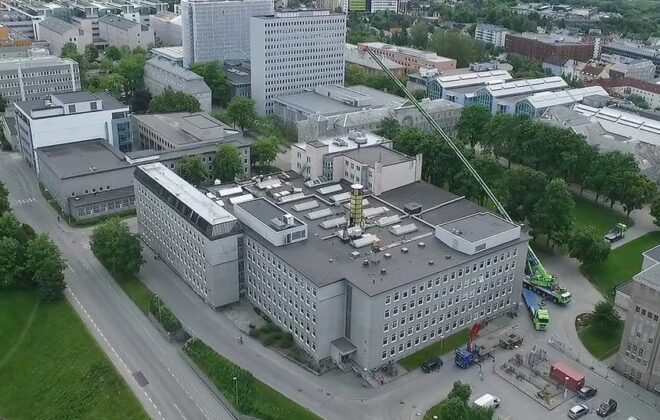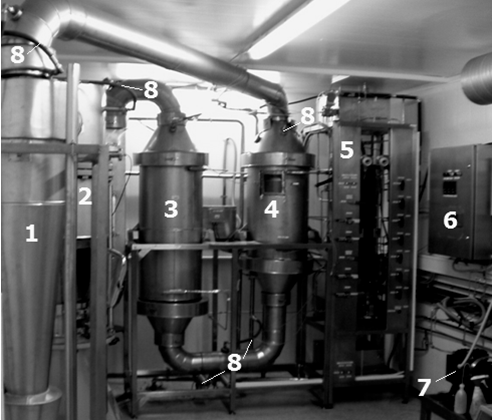How to eliminate CO2 emissions with minimal effort
Not a day goes by without us being reminded of the changes in our climate. We need to reduce CO2 emissions. But where do we start?

Transitioning from fossil to renewable energy takes time and on its own isn’t enough to stop the climate change. That is why in addition, we need to actively capture the CO2 from industrial processes. However, carbon capture is in most cases not lucrative for businesses. The reason for that is that CO2 is a relatively useless compound from an industrial perspective. Turning it into useful products, for example into a fuel or another chemical, requires a lot of energy. This process causes such high costs that it is not profitable. But there is hope: we can lower the costs.
From an economic point of view, it makes more sense to capture CO2 from sources with large, concentrated emission streams, over smaller or less concentrated ones. The reason for that is that the cost of capturing the CO2 depends on the size of the gas stream and concentration of CO2 in the stream.
The cost of capturing CO2 goes down the bigger the gas stream and the more concentrated the CO2.
As the size of the gas stream increases, the capture process can usually operate more cost-effectively. In addition, the higher the concentration of CO2, the easier one can capture it, and the smaller the required equipment. Fossil fuel power plants, waste incineration facilities, and cement factories are therefore the perfect candidates to help us capture as much CO2 as possible for as low of a cost as possible.
How do we apply this to our everyday life?
How can you reduce your CO2 emissions without a significant impact on your daily life?
In your personal life, you can make a similar consideration. How can you reduce your own CO2 emissions without this having a significant impact on your daily life? The challenge here is to identify activities with high CO2 emissions compared to the personal value they offer you. This value is different for everyone and can be made up out of for example convenience, enjoyment, or cost. Cutting or replacing these activities that have a low impact on your life, but a significant contribution to your emissions can be a very effective approach to do your part in stopping climate change.
You will learn about:
- The newest technologies in Carbon Capture and Storage (CCS)
- A new green industry in Norway
- Your future work/ research field?
Register here: https://www.sintef.no/projectweb/tccs-11

Lucas Braakhuis
Lucas Braakhuis is a PhD candidate at the Department of Chemical Engineering at NTNU
Search
Søk
Categories
- Arctic Research
- Arkitektur
- Bærekraft
- Bioingeniørfag
- Biologi
- Biology
- Biomedical Laboratory Science
- Biotechnology
- Bioteknologi
- Chemical Engineering
- Chemistry
- Climate
- Computer Science
- Datateknologi
- Digital
- Elektronikk
- Energi
- Energi
- Energy
- Engineering
- Engineering
- Environment
- Food Science
- Forskning
- Fysikk
- Fysikk
- Havbruk
- Informasjonsteknologi
- Informasjonsteknologi
- Ingeniørvitenskap
- Kjemi
- Kjemisk prosessteknologi
- Kjemisk prosessteknologi
- Kreftbehandling
- Kybernetikk
- Marine Technology
- Materialer
- Materials Science
- Materialteknologi
- Matvitenskap
- Meninger
- Miljø
- Min ph.d.
- My PhD
- My PhD
- My postdoc
- Nanotechnology
- Nanoteknologi
- Ocean
- Oil and gas
- Physics
- Research
- Simulering og visualisering
- Spør en forsker
- Studentliv
- Sustainability
- Ukategorisert
- Universitetsliv
- University Life
Kategorier
- Arctic Research
- Arkitektur
- Bærekraft
- Bioingeniørfag
- Biologi
- Biology
- Biomedical Laboratory Science
- Biotechnology
- Bioteknologi
- Chemical Engineering
- Chemistry
- Climate
- Computer Science
- Datateknologi
- Digital
- Elektronikk
- Energi
- Energi
- Energy
- Engineering
- Engineering
- Environment
- Food Science
- Forskning
- Fysikk
- Fysikk
- Havbruk
- Informasjonsteknologi
- Informasjonsteknologi
- Ingeniørvitenskap
- Kjemi
- Kjemisk prosessteknologi
- Kjemisk prosessteknologi
- Kreftbehandling
- Kybernetikk
- Marine Technology
- Materialer
- Materials Science
- Materialteknologi
- Matvitenskap
- Meninger
- Miljø
- Min ph.d.
- My PhD
- My PhD
- My postdoc
- Nanotechnology
- Nanoteknologi
- Ocean
- Oil and gas
- Physics
- Research
- Simulering og visualisering
- Spør en forsker
- Studentliv
- Sustainability
- Ukategorisert
- Universitetsliv
- University Life



